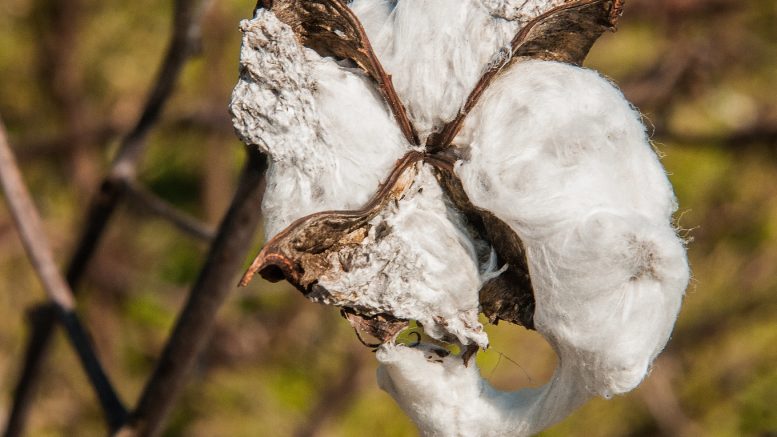“In the arthropod community in the agricultural system there is great dynamism, with constant mutations…”
 Evaldo Kazushi Takizawa is an Agronomist graduated from the “Luiz de Queiroz” Higher School of Agriculture – ESALQ – USP. Takizawa founded Ceres Agronomic Consulting Ltd in 1995, headquartered in the city of Primavera do Leste-MT, with more than 3.35 million hectares of consultancy in various crops such as soybean, corn, cotton, sorghum, millet, brachiaria, forage, toppings, sunflower, castor bean, cowpea, common bean and sesame.
Evaldo Kazushi Takizawa is an Agronomist graduated from the “Luiz de Queiroz” Higher School of Agriculture – ESALQ – USP. Takizawa founded Ceres Agronomic Consulting Ltd in 1995, headquartered in the city of Primavera do Leste-MT, with more than 3.35 million hectares of consultancy in various crops such as soybean, corn, cotton, sorghum, millet, brachiaria, forage, toppings, sunflower, castor bean, cowpea, common bean and sesame.
The understanding of the agroecosystem of the crops developed in the Brazilian Cerrado regions allows to create a clear perception of the composition of arthropods in these agricultural production systems. When the cotton crop is involved in this process, due to the characteristics of great attractiveness of this plant’s arthropods, there is greater complexity in these interactions.
There is great dynamism in the arthropod community in the agricultural system, with constant mutations and the anthropization of the Cerrado biome affecting the balance of this population. Each farmer is unique and his management promotes the uniqueness of living organisms in the field. With this initial awareness, the approach dealt with in this text refers to a personal and generic view of the arthropod complex of agriculture developed in the Central Plateau of Brazil.
For a better understanding of pests, it is pertinent to narrate some characteristics of the tropical environment that governs all life present in this region, characterized by two seasons during the year, one hot and humid and the other hot and dry. In the Cerrado, irrigation expands with each new crop, making the environment even more favorable to the development of a large organization of living beings.
At the base of the food chain are the extensive fields of soybean, corn and cotton, which is an ecosystem favorable to the progress of herbivores (pests), so there is no harmonic interaction in a monoculture. This production system favorable to the explosion of pests is predominant in the Brazilian Cerrado.
The main pests in this scenario are the common pests of soybean, corn and cotton crops. However, with the advent of biotechnology with plants tolerant to caterpillars, there was a change in the pest community with whitefly, mites, bed bugs (Dichelops and Euschistus) and thrips (Caliothrips and Frankliniella), making them important. Caterpillars (Spodoptera and Helicoverpa) with signs of resistance to transgenic plants and some insects of the Chrysomelidae family have been standing out among them. Also, from the genus Myochrous and Cerotoma are present in the cotton crop without any damages.
Specific cotton pests such as the boll weevil and the aphid are also highlighted, favored by the difficulty of destroying crop residues in a system without an effective crop rotation.

